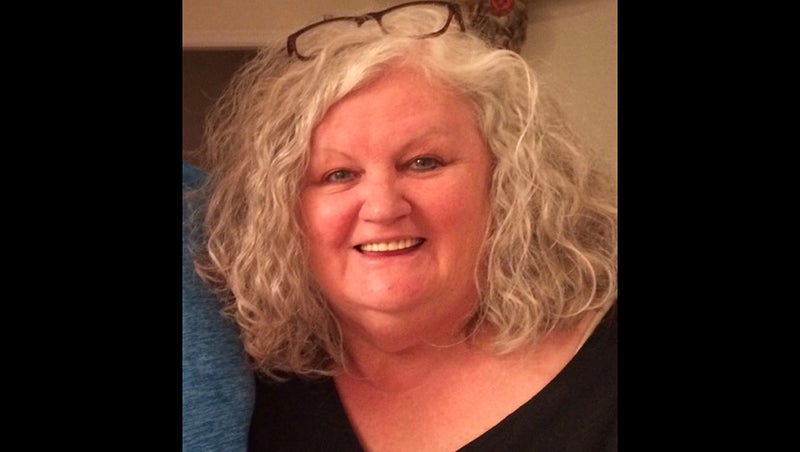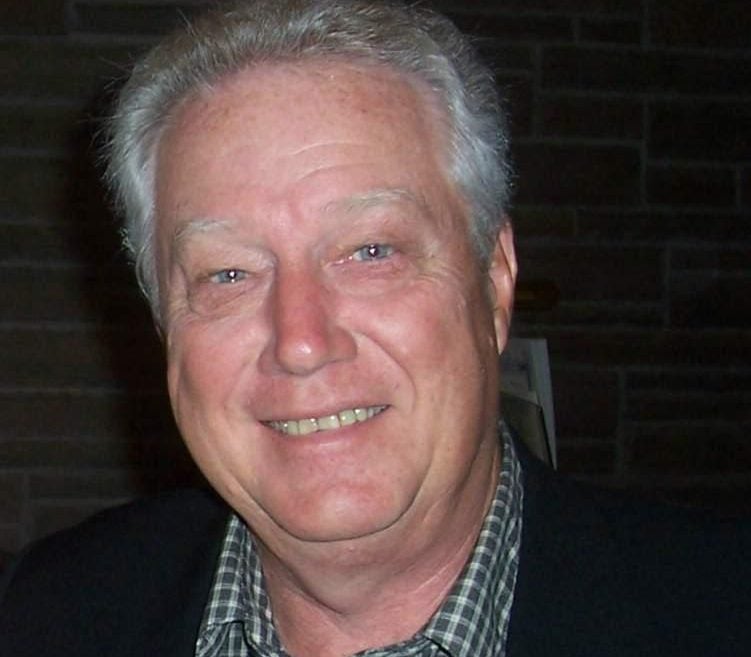The Nature Corner: More ghost stories
Published 3:34 pm Saturday, January 2, 2021
|
Getting your Trinity Audio player ready...
|
By Ernie Marshall
My late wife Karen and I volunteered several summers at a U.S. National Forest Service recreation site in the Virginia Blue Ridge Mountains. Our main assignment was to be Camp Hosts for a group of campsites. Our chores included keeping an eye on the campers and seeing to their needs, responding to emergencies, and camp maintenance chores, number one on the list being, you guessed it, that the bathrooms were always supplied with toilet paper.
We did other things as well, including offering programs on birds and trees in the area. (This seemed called for because there was no cell phone reception due to the surrounding mountain ridges, so we had a lot of bored, disgruntled teenagers and their beleaguered parents.) Karen, being a professor of folklore at E.C.U. whom you met in my previous column, also did a program for the whole camp on folk legends.
We gathered, at night, in a large picnic shelter with a stone fireplace that was ablaze, and served up popcorn and s’mores. The stage was set, and Karen proceeded to tell ghost stories. (Mind you, the setting is the Jefferson National Forest, so you are in the midst of as dark, extensive, and spooky, a forest as Hansel and Gretel ever got lost in.)
One of her stories was the Headless Brakeman. It goes like this.
A railroad brakeman’s job was to signal trains with his lantern as to conditions, especially of an oncoming train so his train could stop or switch to another track. At night, this was their chief means of communication to the train and between trains. (It was long before radios, cell phones, and all the rest of our runaway technology.)
There was a horrifying accident and the brakeman was gruesomely killed. He was decapitated by the train.
For many years since, he has wandered the place where this occurred, swinging his signaling lantern, looking for his bloody head.
At this dramatic point with all enthralled, who would interrupt and interject — “but after all that time, his head would have rotted away” — but my six-year-old very smart and outspoken (takes after her granddad) granddaughter Sarah.
There was a pregnant pause, and then laughter. Sarah, bless her heart, thought they were laughing at her. Of course not. From conversations afterwards, most folks thought we had staged it all. So it was laughter of applause.
So a bright six-year-old debunked an old (nineteenth century probably, coinciding with our country’s railway building surge) ghost legend?
Perhaps not.
Of course the severed head would have rotted away, but also the brakeman’s body, moldering in the grave. If you could put on “ghost goggles” and see the scene — if one can cross over from the natural to the supernatural worlds thus, great big “if” — you might see the ghost headless brakeman, even espy his “ghost head,” the train tracks still there, and the train accident taking place.
From this perspective the story at least does not defy logic. Perhaps the realm of ghosts coexists with us although mostly invisible, somewhat as the stars and constellations are overhead all the time, just lost in the glare of the daytime sun. It is a matter of metaphysics, to throw in a recondite term, concerning what is ultimately real and what is not.
Some version of the headless brakeman legend is widespread, and often locates itself around abandoned rail lines, many of which are now only the rail bed, the rails and ties long since removed for salvage.
One such site is along a country road in Pitt County between Greenville and Washington, and the legend is commonly referred to as “the Pactolas lights.” Karen took her folklore students there as a field trip. And I went along.
There is a place you pull off the road, stop your car and turn off your lights, and wait. Despite saplings and brush having grown up on the old rail bed, you can see where it is, a straight as an arrow path— the way track was usually laid — reaching into the dark, murky distance.
Before long we all saw the glimmer of moving lights, changing from white to red, such as the brakeman’s lantern might do. Someone in our van, which could hold half a dozen students, shouted “It’s coming this way!” The young woman next to me screamed and cowered on the floorboards. Quite a fright night it was.
Playing Sherlock Holmes the next day I looked at a county map and did some exploratory driving. A mile or two down the rail bed was another road, paralleling the road we came in on. The distance and air movement might play tricks with the lights of cars passing along that road. (Some UFO sightings have been identified as deflected car lights projecting on the bottom of low lying clouds.)
I tentatively mentioned this to Karen, not wanting to be Mr. Ghost Buster. She was way ahead of me. She discussed this possibility with her students. They were split about 50-50 as to whether they had seen a ghost or a natural phenomenon. (Karen had eliminated the possibly of a “ghost hoaxer,” a car suitably situated to flash its car lights at us.)
But I mention a point Karen made in my last column regarding the “Acid Park” ghost legend. Whether or not ghosts are metaphysically real, ghost legends perhaps tap that deep well of fears we often shove to the back of our minds. Two points are worth considering: 1) Ghosts are often associated with frightful events such as suicides (the E.C.U. Cotton Hall ghost legend), violent death such as the Headless Brakeman and the woman (according to legend) killed in a fatal crash in the Acid Park ghost legend. Worldwide and throughout history ghosts have been commonly identified as departed spirit that are lost between the two world of the living and the dead due to awful, fearful things they did or had done to them. We commonly speak of being “haunted” by memories of terrible happenings, such as the death of a parent or spouse. 2) Why do we fear ghosts? Why is Casper the Friendly Ghost an ironic oddity. Because they bring forth fears deep within us?
Ernie Marshall taught at East Carolina College for thirty-two years and had a home in Hyde County near Swan Quarter. He has done extensive volunteer work at the Mattamuskeet, Pocosin Lakes and Swan Quarter refuges and was chief script writer for wildlife documentaries by STRS Productions on the coastal U.S. National Wildlife Refuges, mostly located on the Outer Banks. Questions or comments? Contact the author at marshalle1922@gmail.com.
FOR MORE COLUMNS AND LETTERS TO THE EDITOR, CHECK OUT OUR OPINION SECTION HERE.
RELATED:





